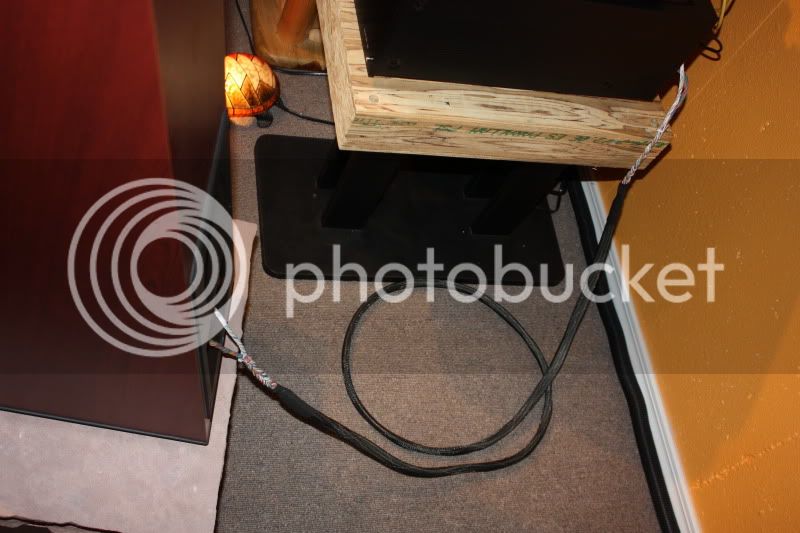Tosh
Well-known member
Indeed you have made some ugly cables. But you have missed the advantage of using twisted pairs (low self-inductance) by not separating all the pairs at the ends as Speedskater said. But you can still do this before you terminate them.
And you will lose another low self-inductance advantage if you do not twist or braid the remaining cables together. So you're not done yet!
And you will lose another low self-inductance advantage if you do not twist or braid the remaining cables together. So you're not done yet!





















